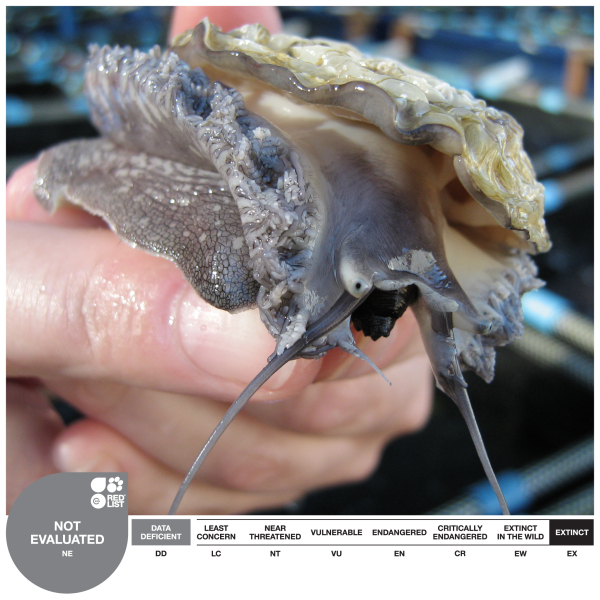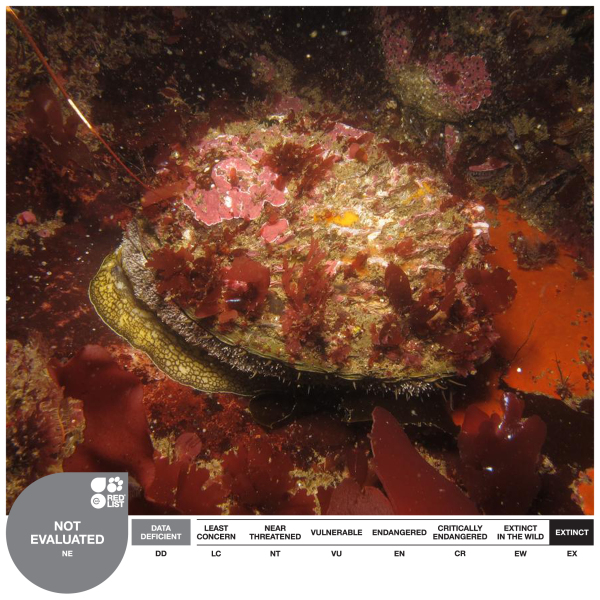Re: Abalone Poaching
Posted: Thu Oct 09, 2014 6:37 am
Organized crime, drugs and poverty are behind South Africa’s abalone poaching crisis
Pretoria, South Africa, 7 October 2014—A new investigative study reveals a highly lucrative trade in a species of abalone—a sea snail found off the coast of South Africa. Investigators found rampant abalone poaching and a growing drug addiction crisis in the South African coastal communities where drugs are frequently exchanged for the illegally harvested snail. The species is particularly prized in East Asia, where people are willing to pay hundreds of dollars per kilogramme for this illegally extracted delicacy.
Most of the poached abalone ends up in Hong Kong, the epicentre of the international trade. There is however, no legal basis in Hong Kong to prevent the imports, even if South African authorities are able to prove that the abalone was illegally harvested. Abalone poaching and trade is largely controlled by local South African gangs with ties to sophisticated East Asian crime syndicates. These syndicates fuel the abalone trafficking from Africa to Asia. In the past decade, these groups have contributed to rising social problems in coastal South Africa by paying for abalone with drugs (methamphetamines) rather than cash. In some cases, buyers and middlemen offer drugs to those diving illegally for abalone often providing the drugs up front and then forcing divers to work off the debt through poaching.
Of the five species found in South Africa, only Perlemoen Abalone or South African Abalone, is commercially exploited. The snail lives in shallow water, is slow moving, slow growing and late to reproduce, thus making it highly vulnerable to overexploitation. Although strict annual quotas are set for harvesting, over 10 times the allowable amount was harvested and traded in the last ten years.
The economic void left behind by apartheid, and the inability of fishermen to adjust to changes and the changing economy problems are to blame for the illegal trade.
The report, produced by TRAFFIC, the wildlife trade monitoring network, and funded by the United States Agency for International Development (USAID) researched 25 years of legal and illegal abalone fisheries and the factors leading to the current crisis.
This study provides a solid base for future interventions. By connecting the pieces of how and why the illegal abalone trade flourishes, we can support the government of South Africa to better manage this important resource,” says Nick Ahlers, Leader of the Wildlife TRAPS Project for TRAFFIC.
“The United States is making it a priority to address the global poaching crisis that undermines economies and threatens our collective security,” says Doreen Robinson from USAID.
For further information contact:
Markus Burgener, Senior Programme Officer, TRAFFIC. Email: markus.burgener@traffic.org, Tel: +27 21 799 8673, Cell +2782 780 9938.
DateWednesday, October 8, 2014 at 18:22
Pretoria, South Africa, 7 October 2014—A new investigative study reveals a highly lucrative trade in a species of abalone—a sea snail found off the coast of South Africa. Investigators found rampant abalone poaching and a growing drug addiction crisis in the South African coastal communities where drugs are frequently exchanged for the illegally harvested snail. The species is particularly prized in East Asia, where people are willing to pay hundreds of dollars per kilogramme for this illegally extracted delicacy.
Most of the poached abalone ends up in Hong Kong, the epicentre of the international trade. There is however, no legal basis in Hong Kong to prevent the imports, even if South African authorities are able to prove that the abalone was illegally harvested. Abalone poaching and trade is largely controlled by local South African gangs with ties to sophisticated East Asian crime syndicates. These syndicates fuel the abalone trafficking from Africa to Asia. In the past decade, these groups have contributed to rising social problems in coastal South Africa by paying for abalone with drugs (methamphetamines) rather than cash. In some cases, buyers and middlemen offer drugs to those diving illegally for abalone often providing the drugs up front and then forcing divers to work off the debt through poaching.
Of the five species found in South Africa, only Perlemoen Abalone or South African Abalone, is commercially exploited. The snail lives in shallow water, is slow moving, slow growing and late to reproduce, thus making it highly vulnerable to overexploitation. Although strict annual quotas are set for harvesting, over 10 times the allowable amount was harvested and traded in the last ten years.
The economic void left behind by apartheid, and the inability of fishermen to adjust to changes and the changing economy problems are to blame for the illegal trade.
The report, produced by TRAFFIC, the wildlife trade monitoring network, and funded by the United States Agency for International Development (USAID) researched 25 years of legal and illegal abalone fisheries and the factors leading to the current crisis.
This study provides a solid base for future interventions. By connecting the pieces of how and why the illegal abalone trade flourishes, we can support the government of South Africa to better manage this important resource,” says Nick Ahlers, Leader of the Wildlife TRAPS Project for TRAFFIC.
“The United States is making it a priority to address the global poaching crisis that undermines economies and threatens our collective security,” says Doreen Robinson from USAID.
For further information contact:
Markus Burgener, Senior Programme Officer, TRAFFIC. Email: markus.burgener@traffic.org, Tel: +27 21 799 8673, Cell +2782 780 9938.
DateWednesday, October 8, 2014 at 18:22


